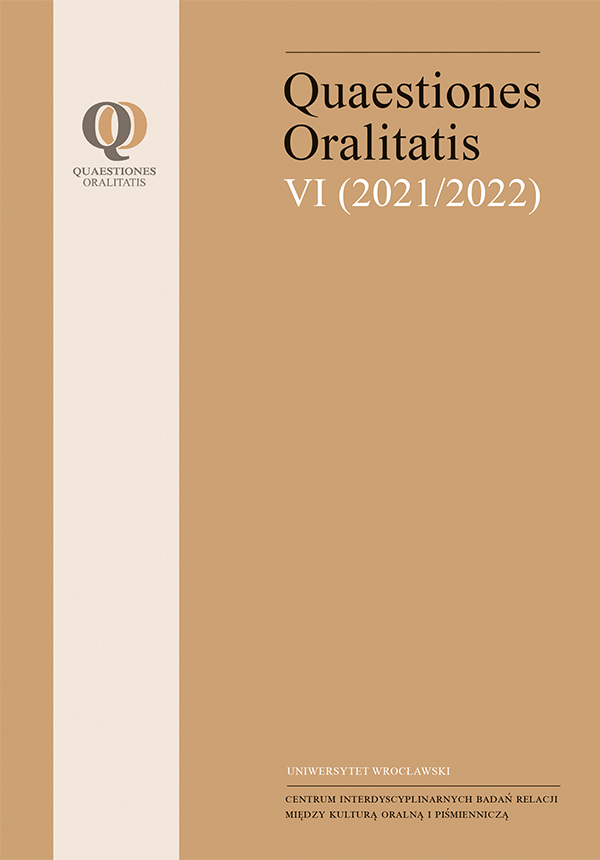Tmesis as a Correlate of Prosodic Phrasing in Homer
Tmesis as a Correlate of Prosodic Phrasing in Homer
Author(s): Ronald BlankenborgSubject(s): History, Language and Literature Studies, Cultural history, Studies of Literature, Ancient World
Published by: Wydawnictwo Uniwersytetu Wrocławskiego
Keywords: Homeric tmesis; univerbation; adposition; rhythmical rearrangement; prosodic phraseology
Summary/Abstract: Both univerbation and de-univerbation are evidenced in Homeric epic. Syntactical considerations shed a light on the exact status of the adposition: preverb, adverb, or preposition. Approaching tmesis from a performative perspective contributes to the categorization of adpositions. Its main contribution, however, is the acknowledgement of the minor phonological phrase as the adposition’s scope. Together with the observance of metrical-rhythmical restrictions on word end in Homer’s hexameter, the minor-phrase boundaries show that the analysis of adpositions in the Iliad and the Odyssey as in tmesi respects the adpositions’ adverbial use. Rhythmical rearrangement resulted in higher valuation of adpositions’ prepositive character, especially at positions of frequent word end, but maintains the minor phrase as adpositions’ scope in performance.
Journal: Quaestiones Oralitatis
- Issue Year: 6/2022
- Issue No: 1
- Page Range: 7-50
- Page Count: 44
- Language: English

